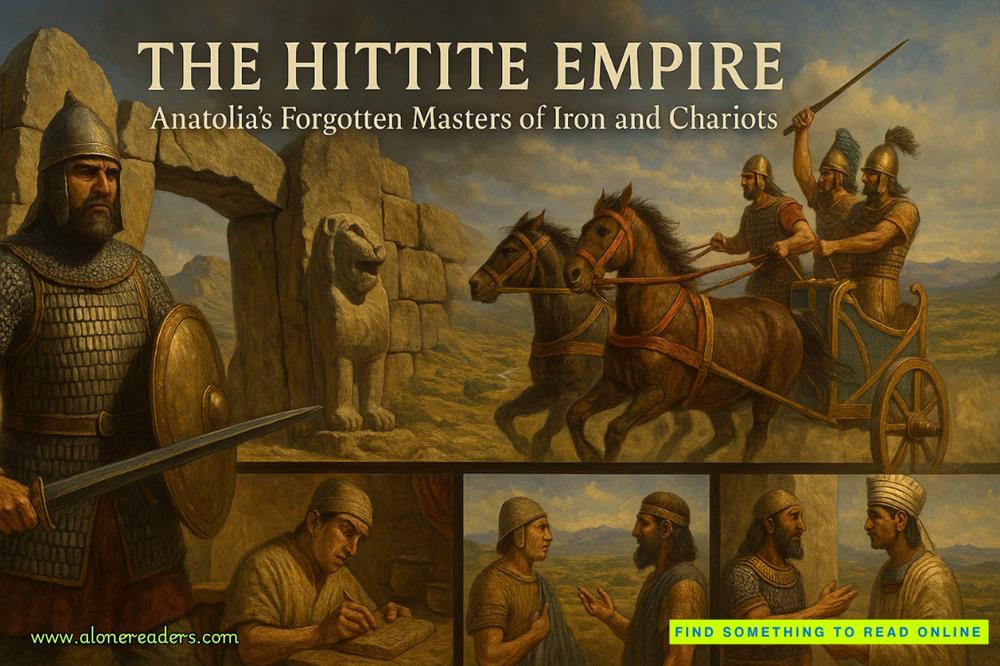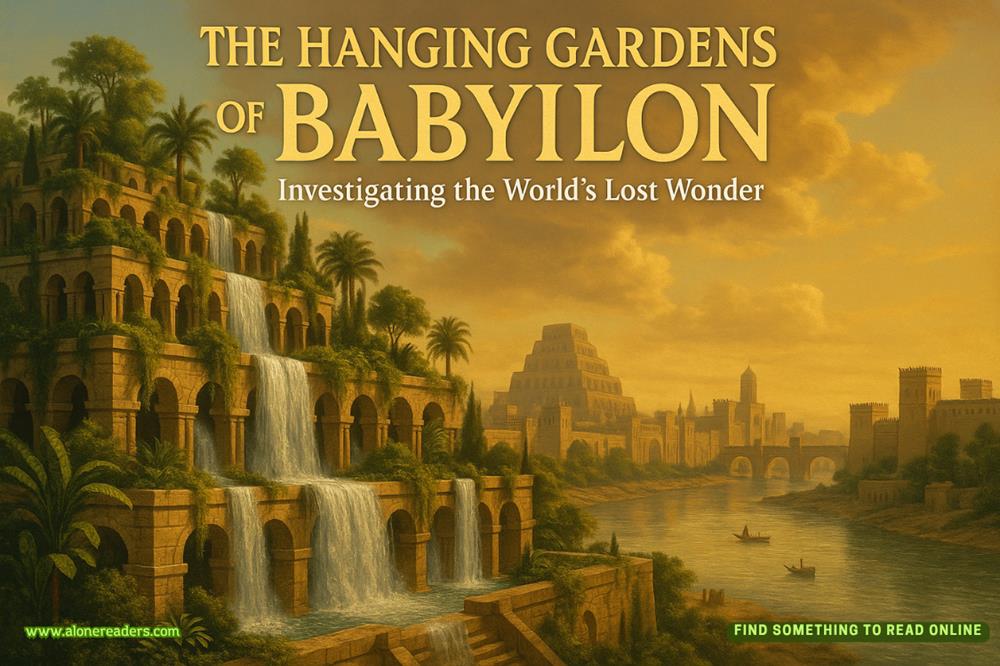Page 39 of Good Half Gone
During that first week, I am kept away from the patients. I’m instructed not to speak to them unless they speak to me—which I find particularly odd. It’s not unheard of, however, for interns to turn into glorified maids, childcare givers, or pet walkers. During my undergrad internship, the case worker I shadowed had me vacuum his car and clean his desk drawers. It was par for the course. I pay my dues and don’t complain. Sometimes Crede will collect me from whatever I’m doing, only to deposit me into another mess of a situation.
During my second week of training, I work the dark side with a nurse named Janiss. Janiss is in her early fifties, give or take a few years.She has pointy features centered in the middle of a wide face, and she wears her hair in a bob, stiff with hairspray. I haven’t known her for more than five minutes when she tells me that she’s from the same town as serial killer Warren Leslie Forrest with pride in her voice.
I know of Warren Leslie Forrest—the war veteran turned serial killer.
She tells me with conviction that Warren Leslie Forrest is why she became a nurse. I don’t ask her to expound because she stops suddenly and I almost run into the back of her.
“We have a resident artist.” I follow her gaze to the twenty feet of wall space between A and B hall. There’s maternal pride on her face as she studies the mural, then glances at me to see what I think. I’m impressed, I am. In the chaos of Otto Knott dying at my feet, I hadn’t noticed it; but now that I am standing in front of jelly-toned colors, I am transfixed.
Six white rabbits pose along a backdrop of dark green cabbages, dead purple wolves hang limply from their mouths. The wolves are small like rats. Their bulging tongues loll out of their mouths out like eggplant. I shiver: a grape jelly massacre.
“He’s really good.”
I mean it. I examine the cabbages behind the carnivorous rabbits; there are faces in the leaves: horrible scrunched little faces with vampire teeth. Gran dragged me to the Seattle Art Museum every chance she got. She got as excited about art as Cal did about museums: between the two of them constantly feeding me information I was a hesitant art/sea life enthusiast.
“What’s his name?”
“Peter.”
She tells me cheerfully, like we’re chatting on a sidewalk instead of a hospital. “He studied art in New York, even had his pieces in a gallery once. Older guy,” she says. “But not that old…”
I worked dinner shifts at the restaurant with a guy named Chris who did casework during the day; he told me stories like that all the time: businessmen,artists, moms who ended up in places like this. The mental health crisis didn’t show favorites. People snapped.
“How did Peter come to be at HOTI?”
Janiss draws back like I’ve slapped her.
In my experience it was normal to ask about patients, welcome even. Employees, especially in a place like this, needed to know what they were up against: but Janiss gives me a dirty look.
“There’s a cabbage for each of the emotions,” she continues. “The basic ones, anyway—”
For a moment I think she didn’t hear me, but there’s a tightening around her lips that wasn’t there a second before. When she won’t make eye contact, I know I’ve offended her.
I’m so immersed in my thoughts about offending her, I don’t hear what she says next.
“I’m sorry,” I say. “Can you say that again?” She looks really angry now.
“He’s a wonderful artist, he shouldn’t only be known forthat…”
“Right,” I say. I’m trying to choose my words carefully. “I didn’t mean to imply anything. It just seems wise to understand each patient’s history as I’ll be working with them…”
I know I’ve made a mistake right away. Her face does aerobics before it lands on disgust.
“Dr. Grayson had him do it as part of his therapy. He calls this piece ‘Vegan.’” Her tone is noticeably chillier than a moment before.
“Vegan, he’s a funny guy.”
Janiss scratches her elbow, giving Peter’s wall one last look over.
“He taught the art classes—well I guess I should say teaches, but he’s scaled back to a few sessions a week…”
I’m afraid to ask the wrong question, but luckily she goes on.
“He’s sixty-eight and says he doesn’t have the energy anymore. Of course we all know that’s not the case, he’s spry as my forty-year-old brother, they’re both artists, though Harvey works in wood.” She prattles on as we walk back to the care station.
Little beads of sweat sit like pearls along her hairline. I look up at the skylight; bracken light struggles through the dirty glass. Without windows the area feels constricting and cavernous at the same time: like a warehouse.
“So you were saying that Dr. Grayson had Peter paint the mural as part of his therapy…”















